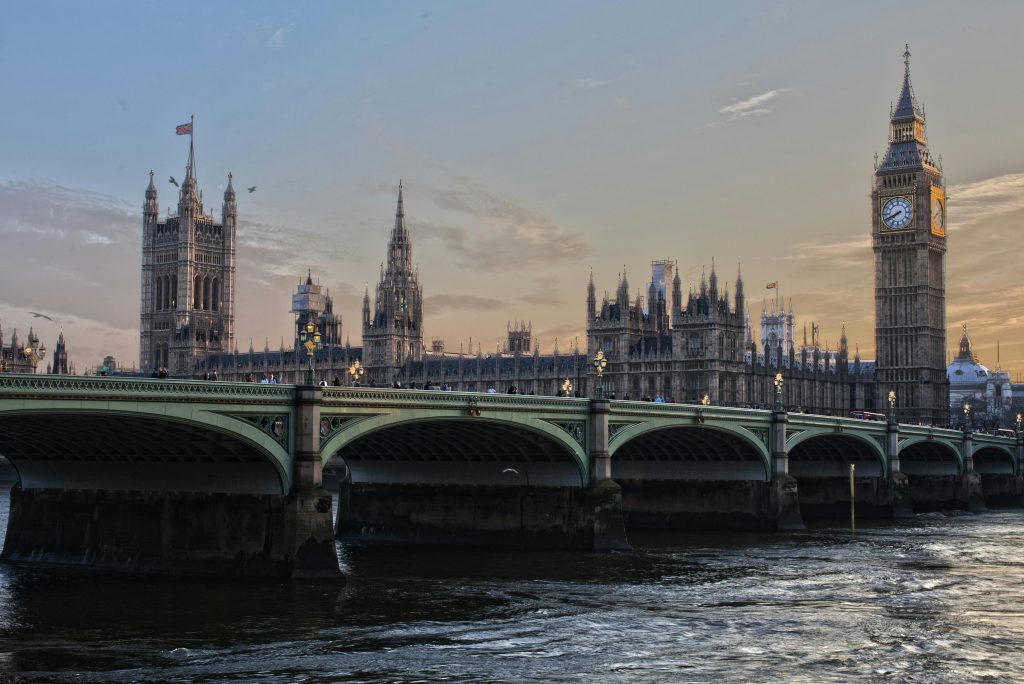Europe Guide
Europe is a continent of rich histories, cultural diversity, and striking landscapes. From craggy fjords and Alpine peaks to romantic cities, vineyards, and sun-drenched Mediterranean islands, Europe offers something for every kind of traveler. Whether you’re after art and architecture, food trails, nature treks, or off-the‐beaten path local experiences, Europe delivers.
Geography & Nature
- Varied Landscapes: Europe’s geography ranges from the snow-capped Alps, Pyrenees, Carpathians, to rolling hills of Tuscany, coastal cliffs in the Atlantic (e.g. Portugal, Ireland), and the fjords of Norway.
- Climate Zones:
• Mediterranean – warm, dry summers and mild winters (Southern Europe: Spain, Italy, Greece).
• Temperate – distinct seasons, rainfall throughout the year (Central Europe, e.g. Germany, France, UK).
• Continental / Alpine – colder winters, in higher altitude or inland areas (Eastern Europe, Alps).
• Northern / Arctic – far north (Scandinavia, Iceland) with long summer days, cold winters, sometimes tundra or subarctic zones. - Natural Wonders: Think the Northern Lights, dramatic cliffs (e.g. Ireland, Norway), pristine lakes (e.g. Switzerland, Finland), dense forests, volcanoes (Italy, Iceland), and many national parks.
When to Visit
Timing depends on what kind of experience you want:
- High Season (June to August): Warmest, most festivals, long daylight in the north. Crowded in major cities and island destinations; prices highest.
- Shoulder Seasons (Late Spring: May – June; Early Fall: September – October): Often the best times. Pleasant weather, fewer crowds, easier travel around.
- Low Season (November to March): Winter sports are in full swing; some regions quieter (e.g. small villages, islands). If you like winter landscapes, Christmas markets, skiing, this is ideal. Be aware of reduced services in off season in some touristy areas.
Culture & People
- Layered History: Europe reflects millennia of human civilisation—Roman ruins, medieval towns, Renaissance art, Enlightenment and beyond. Almost every country has its own distinctive style of architecture, local traditions, and festivals.
- Language & Identity: Many languages; strong local/regional identities. Even within countries, dialects, customs, cuisine vary a lot. English is widely spoken in tourist areas; learning a few phrases in the local language always helps.
- Customs & Etiquette:
• Dining customs: meal times vary (later in Southern Europe), tipping practices differ.
• Dress: generally relaxed in casual settings; more formal in religious sites, high-end restaurants.
• Social norms: punctuality more important in Northern and Central Europe; being less loud in public, respecting quiet hours, etc.
Food & Dining Tips
- Local & Regionally Diverse: Every region has its specialties—cheese and wine in France; tapas and paella in Spain; fresh seafood in Scandinavia; pasta, pizza, gelato in Italy; pierogi in Poland, etc.
- Markets & Street Food: Weekly food markets are great for fresh local produce and specialties. Street food varies—sausages in Germany, crepes in France, kebabs in Turkey, etc. Great budget way to taste regional food.
- Seasonality: Foods in Europe tend to follow seasons—truffle season, berry harvests, olive harvests, etc. Visiting at the right time gets you the best.
- Drinks: Wine, beer, ciders, spirits are widely enjoyed. In many countries, producers allow tastings and vineyard tours. Water is usually potable; always good to confirm in rural or remote places.
Health & Safety Tips
- Travel Insurance: Strongly recommended. Covers medical emergencies, weather disruptions, theft, transport cancellations.
- Healthcare: Generally high standard, especially in EU countries. Carry any medications you need; have prescriptions translated if necessary.
- Transport Safety: Public transport is usually reliable; check schedules especially in off-hours. If renting a car, be aware of different rules (e.g. driving side, tolls).
- Weather challenges: In winter, snow/ice can affect travel; in summer, unexpected heat waves. Always check local weather forecasts.
- Cultural safety: Petty theft can be an issue in tourist hotspots—watch your belongings. Respect local laws and customs (e.g. entry rules for religious sites, photography restrictions).
Popular Destinations by Travel Style
- Art, History & Architecture Enthusiasts: Italy (Rome, Florence, Venice), Greece (Athens, islands), France (Paris, Provence), Spain (Barcelona, Andalusia).
- Nature Lovers / Outdoor Adventurers: Norway (fjords, northern lights), Switzerland & Austria (mountains, hiking), Iceland (geothermal areas, dramatic landscapes), Scotland (highlands), Croatia (coastlines).
- Food & Wine Trails: France’s Bordeaux / Burgundy, Spain’s Rioja, Italy’s Tuscany / Piedmont, Portugal’s Douro Valley, Greece’s islands; also strong local food scenes in many cities.
- Budget Travelers: Eastern Europe (e.g. Romania, Bulgaria, Serbia), Portugal, parts of Spain, Greece in shoulder seasons; small towns over big cities.
- Luxury & Splurge: French Riviera, Amalfi Coast, Swiss Alps ski resorts, boutique hotels in major European capitals.
Practical Tips / Travel Advice
- Visas & Border Crossing: Many European countries are in the Schengen Area—once inside, you can move freely among member countries (check your visa). Non-Schengen areas have their own rules.
- Currency: Many European countries use the Euro, but not all (e.g. UK, Switzerland, Scandinavian countries). Always have some local currency plus cards.
- Transport: Excellent rail and air networks. Budget airlines and trains make inner-Europe travel feasible. Buses are good for cheaper, slower options. Car rentals great for rural or off-route places.
- Accommodation: Wide range—hostels, B&Bs, boutique hotels, farm stays, luxury resorts. Book ahead in high season.
- Connectivity: SIM cards fairly easy to purchase; WiFi widely available. Use offline maps for rural or mountainous areas.
Sample “Explore By Country” Highlights
Here are a few example countries and what they offer:
| Country | Highlights / Why Visit |
| Italy | Ancient ruins (Rome), Renaissance art (Florence), the canals of Venice, Amalfi Coast, food & wine in Tuscany, Cinque Terre coastline. |
| France | Paris museums & culture, Provence lavender fields, French Riviera beaches, wine in Bordeaux/Burgundy, Loire Valley châteaux. |
| Spain | Gaudi architecture in Barcelona, Moorish heritage in Andalusia, islands (Balearics, Canary), tapas culture, festivals. |
| Greece | Ancient history, islands like Santorini and Crete, beautiful beaches, eucalyptus landscapes, Mediterranean climate. |
| Norway / Iceland / Scandinavia | Spectacular nature: fjords, glaciers, midnight sun, Northern Lights, gentle wilderness, unique culture. |
| Eastern Europe (e.g. Czech Republic, Hungary, Poland, Croatia) | Charming old towns, rich histories, lower cost, developing tourism infrastructure, less crowded. |



